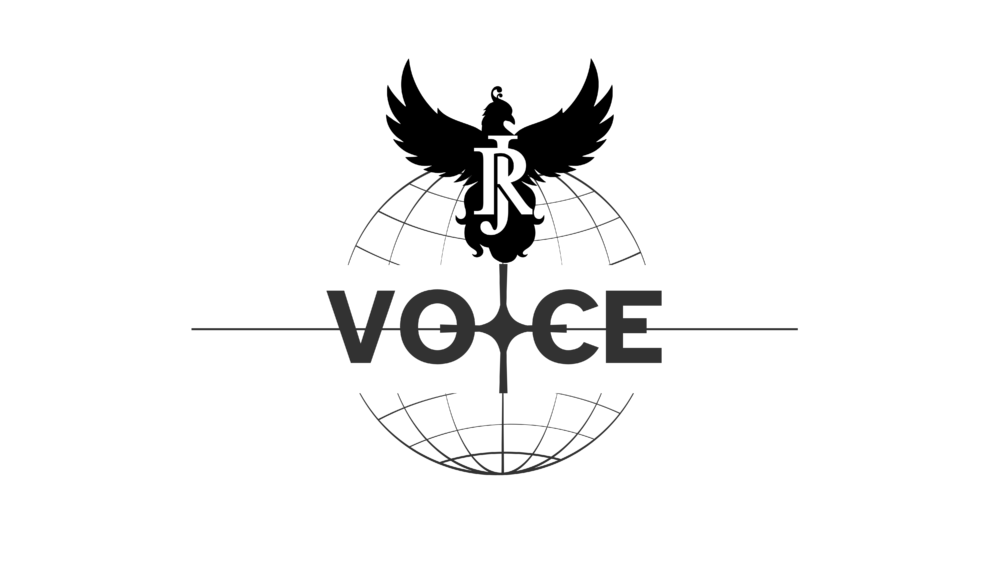While Western companies have largely exited the Russian market due to sanctions imposed following the Ukraine conflict, many major Asian businesses continue to operate in Russia and are even expanding their footprint. This trend illustrates a growing divergence in how global corporations are navigating the geopolitical fallout, with Asia increasingly leaning into economic opportunities created by the West’s withdrawal.
Chinese Firms Fill Market Gaps
Chinese manufacturers have rapidly filled the void left by Western brands, especially in the automotive and consumer electronics sectors. Automakers such as Chery, Geely, and Great Wall Motor have significantly increased vehicle exports to Russia, seizing market share as Western competitors halted operations. Chinese cars now dominate Russia’s import charts, reflecting strong demand.
Consumer electronics brands have also gained ground. Smartphone makers and appliance producers have maintained strong sales, with companies like Xiaomi and Haier reporting substantial growth. Haier has expanded its manufacturing operations in Russia, while Xiaomi remains one of the most popular mobile phone brands in the country.
Digital Platforms and Financial Institutions Thrive
Chinese e-commerce platforms have experienced a surge in demand from Russian consumers, with many online orders now fulfilled by Chinese sellers. Russian marketplaces have responded by creating dedicated channels for Asian suppliers, accelerating the shift toward Asian goods.
Financial services have also remained active. Chinese banks operating in Russia continue to support bilateral trade and offer banking solutions tailored to the current restrictions on dollar-based transactions. These institutions have benefitted from regulatory support and the move toward local currency settlements.
Indian and Southeast Asian Firms Stay the Course
Indian pharmaceutical and automotive firms have maintained their presence in Russia, with some expanding their offerings. Relying on supply chains that are largely independent from Western infrastructure, these companies have weathered sanctions with limited disruption.
Southeast Asian companies in the food and agricultural sectors are also maintaining investments. Some are even planning long-term expansion, reflecting confidence in the stability of their Russian operations.
Strategic Shifts in Eurasian Trade
Russia’s economic pivot toward Asia has led to a transformation in trade dynamics. China has become Russia’s top trading partner, and the two countries are increasingly conducting transactions in their national currencies. The deepening ties between Moscow and Beijing reflect a broader realignment in Eurasian trade and finance.
This new economic architecture presents both opportunities and risks. Asian companies operating in Russia face the threat of secondary sanctions and reputational costs. However, for many, the size and potential of the Russian market outweigh those concerns—particularly in sectors where Western competition has vanished.
Balancing Risk and Reward
Asian businesses appear to be making calculated decisions based on long-term strategic goals. In some cases, state backing or a broader geopolitical alliance shields these companies from Western pressure. In others, the lure of capturing market share in a disrupted economy outweighs the reputational risks abroad.
As Western corporations continue to scale back, many Asian firms are not only staying—they’re scaling up. Their approach underscores a clear and pragmatic divergence in global business strategy, one that could reshape economic power dynamics in the years to come.































































